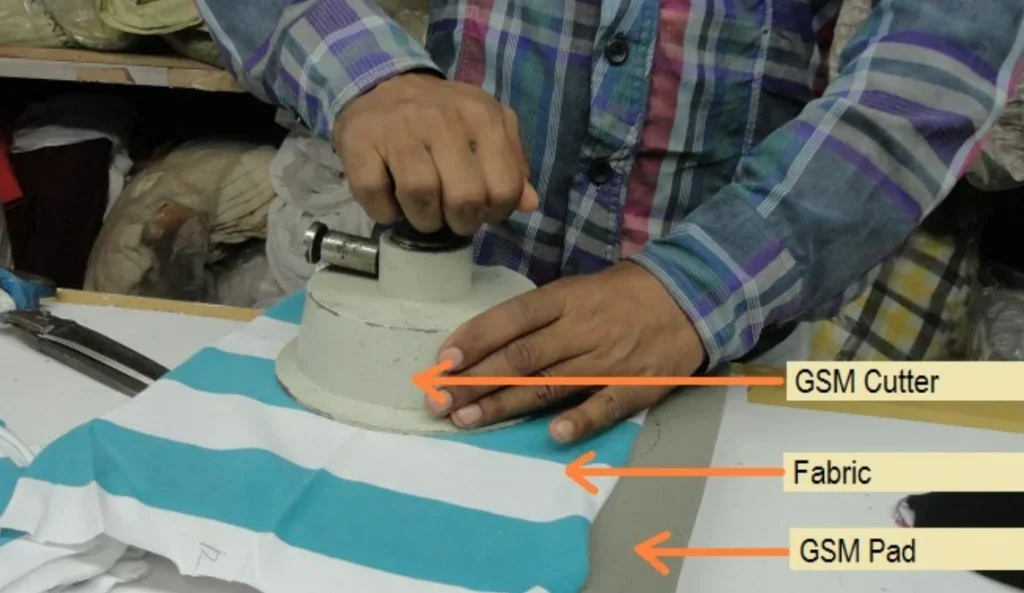
GSM: YOUR FABRIC GUIDE
Mastering Fabric GSM: An In-Depth Guide for Intimate Apparel Entrepreneurs
Welcome to our ultimate guide to understanding Fabric GSM (Grams per Square Meter) in intimate apparel manufacturing. At Interior B Studio, we recognize the vital role GSM plays in crafting premium lingerie, swimwear, and activewear. In this comprehensive guide, we’ll explore the intricacies of Fabric GSM, its influence on lingerie quality and costs, and offer strategies for optimal selection tailored to your business needs.

Fabric GSM and Its Impact on Quality
Fabric GSM, simply put, refers to the weight of the fabrics per square meter. This metric significantly impacts fabric quality, dictating characteristics such as thickness, texture, grains, and drape. Higher GSM fabrics are denser and stiffer, whereas lower GSM fabrics offer a softer feel and greater drape. For example:
- A 150 GSM cotton jersey knit fabric is lightweight and possesses excellent draping qualities, making it ideal for crafting comfortable t-shirts.
- A 300 GSM denim fabric is heavy and robust, making it the go-to choice for durable workwear and jeans.
- A 50 GSM chiffon fabric is sheer and lightweight, perfect for lingerie dresses.
Fabric GSM and Efficient Fabrics Consumption
Efficient fabric usage is paramount for achieving cost-effective production without compromising on quality. Fabric GSM acts as a guiding compass, aiding manufacturers in optimizing material utilization. By aligning GSM with garment weight and yield, businesses can minimize waste and maximize profitability. Imagine the impact of selecting the ideal GSM for your lingerie collection, seamlessly blending sustainability with economic viability.

The Economics of GSM and Garment Costing
In lingerie production, the economics are intricately tied to GSM of fabrics. It is a big deal because as it goes up, so does the cost of making each meter of fabric. This directly impacts how much the final product will cost. So, when figuring out costs, it’s crucial to consider GSM carefully to make sure the business stays profitable.
Businesses need to think about whether choosing heavier fabrics (with higher GSM) is worth the extra cost and if customers will pay more for it. It’s not just about immediate costs, though. The decision also has broader effects on things like sustainability and where the fabric comes from, which are increasingly important to consumers. Basically, understanding fabric GSM and garment costing is about finding the right balance between making money and making sure the product is made sustainably and responsibly.
Selecting the Appropriate GSM
Choosing the right GSM entails a deep understanding of various factors, including end-use requirements, fabrics characteristics, client preferences, and financial considerations. Whether you’re designing alluring lingerie pieces or high-performance activewear, the perfect GSM is tailored to complement each garment’s unique attributes. At Interior B Studio, we advocate for a thorough fabric selection process that seamlessly integrates practicality with aesthetic appeal, resulting in enduring creations that resonate with our discerning clientele.

Measuring the GSM
In the pursuit of fabric excellence, accurate measurement stands as an imperative. The advent of GSM testers heralds a new era of precision, ensuring consistency across batches. By adhering to best practices and embracing technological prowess, manufacturers safeguard fabric quality, preserving the integrity of their creations.
So, to sum it all up, GSM of fabrics is like the magic ingredient in making awesome intimate apparel. We’ve talked about how it affects quality and costs. With this info, you’re all set to pick fabrics like a boss and make your designs shine. Time to get creative and take your intimate apparel business to the next level!
